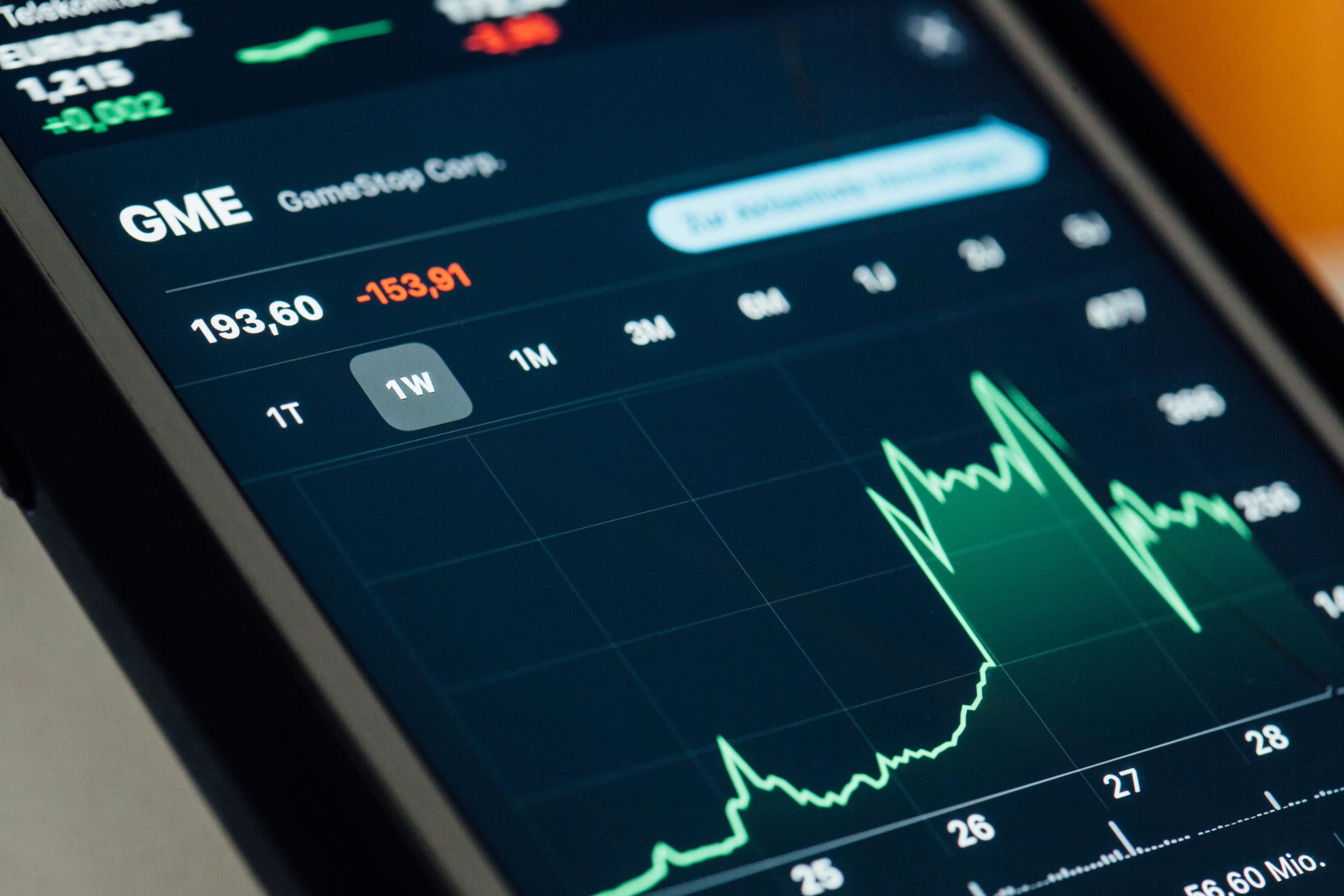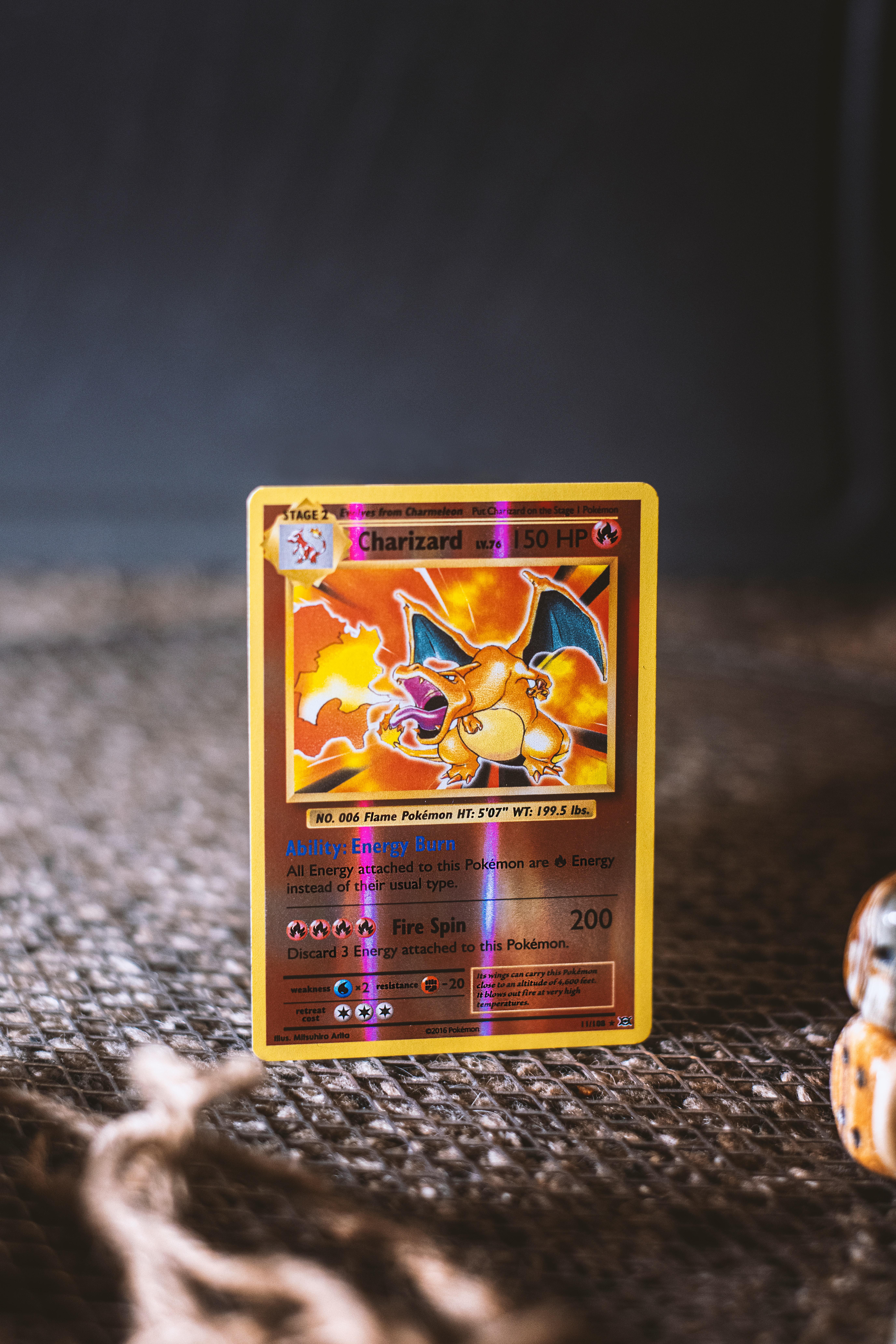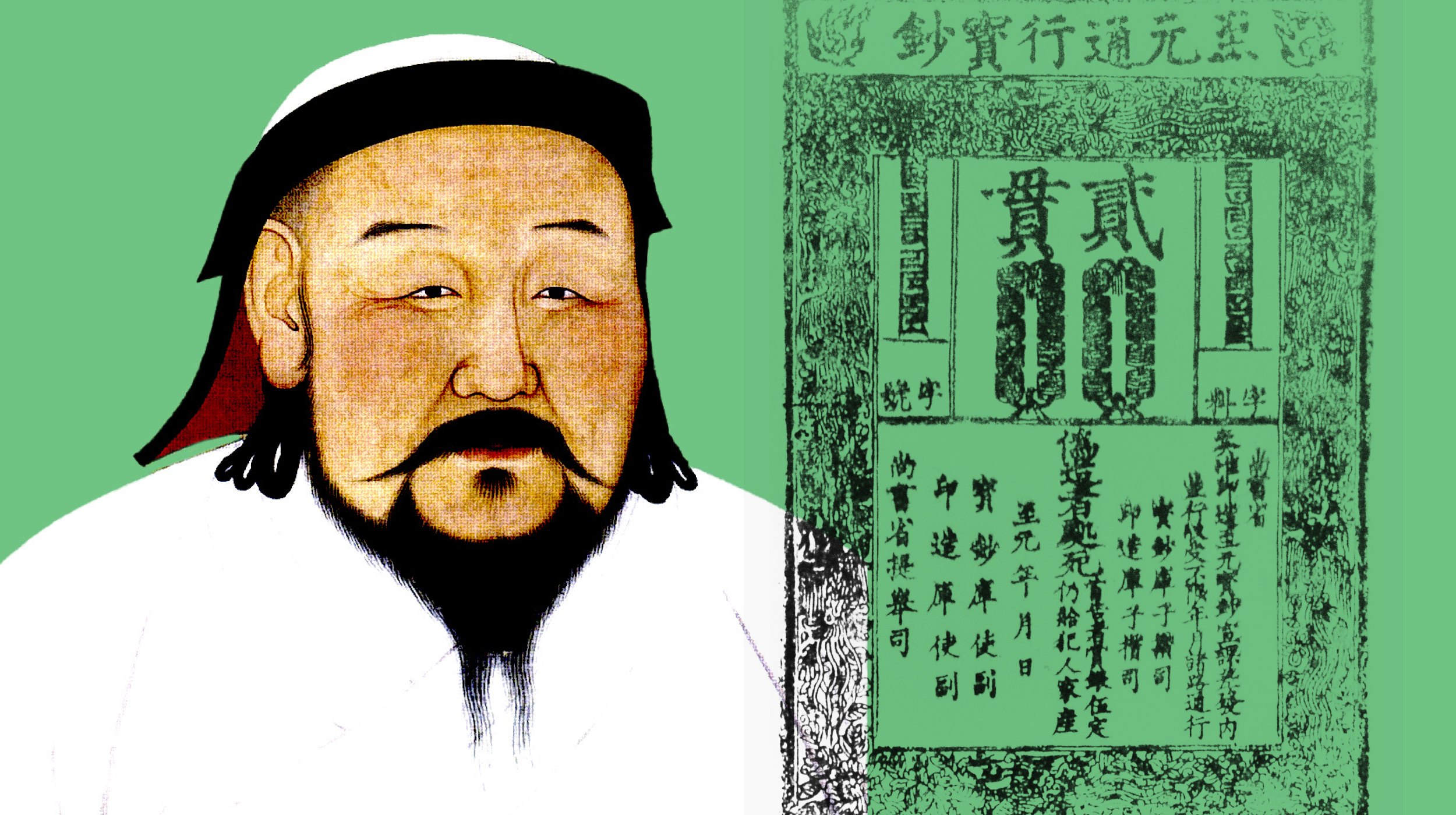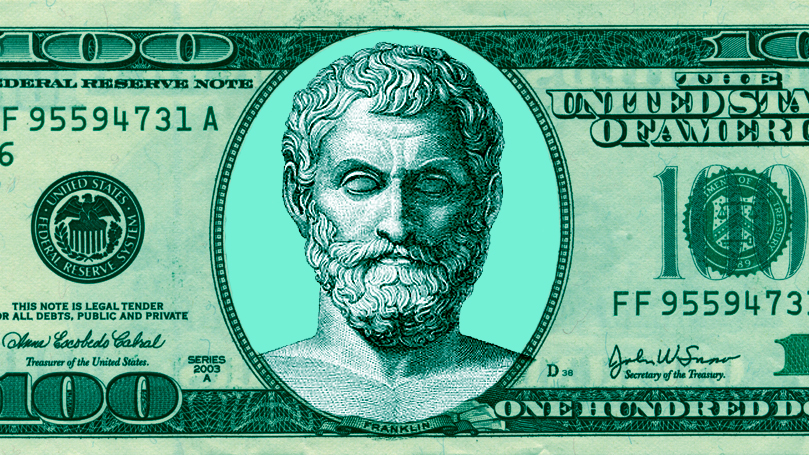How the Dutch East India Company inadvertently created the world’s first stock market
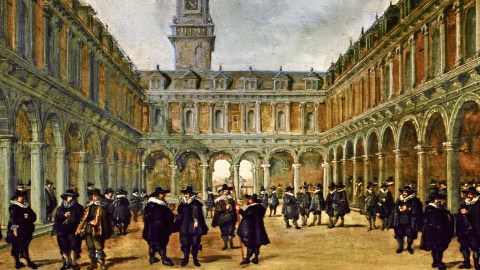
- The Dutch East India Company, also known as the V.O.C., was the world’s first company to issue shares.
- Shareholders were allowed to liquidate and even sell their assets to other traders, leading to the creation of a secondary market.
- Despite operating more than three centuries before the present day, business at the Amsterdam Stock Exchange greatly resembled life on Wall Street.
To tell the story of the world’s first stock exchange is to tell the story of the Dutch East India Company, as the creation of the latter led directly to the formation of the former.
The Dutch East India Company was formed to solve numerous problems plaguing the Dutch shipping industry. For one, the voyage to and from the East Indies was long and arduous. Many ships that sailed from Amsterdam and Zeeland never returned, bankrupting their organizers. On top of that, Dutch merchant companies engaged in cutthroat competition with each other, bribing experienced captains and navigators in service of their rivals and even going as far as to sabotage entire expeditions. This game without winners continued until 1602.
That year, the States General — the highest governing body of the Dutch Republic — decided to intervene. To improve the country’s economy and protect its trading networks from the Portuguese, it issued a charter that fused the aforementioned companies into a single enterprise. This enterprise, christened the Dutch East India Company or V.O.C. for short, would receive a monopoly on any and all commerce between the Dutch Republic and East Asia. (The abbreviation V.O.C. comes from the company’s Dutch name: “Vereenigde Oostindische Compagnie.”)
The charter also specified the methods by which the V.O.C. would raise the capital for its first expeditions. “All residents of these lands,” reads article 10 of the charter, “may buy shares in this Company.” Funding was provided by every layer of Dutch society, from wealthy businessmen to their servants; V.O.C. bookkeeper Barent Lampe paid his maid a bonus in the form of shares. When the initial public offering ended, the V.O.C. had raised 3,674,945 guilders from 1,143 people.
The first stock brokers
Shareholding changed the relationship between companies and their investors. Prior to the formation of the V.O.C., contact between the two parties had been personal rather than professional; money was entrusted to individuals, not businesses. In contrast, it was the V.O.C.’s charter that told shareholders what kind of dividends to expect.
In order to collect as much money as possible, the charter also allowed V.O.C. shareholders to liquidate their investment halfway through the contract. Later, the authors of the charter added an extra provision permitting shareholders to transfer their shares to other investors. With that, V.O.C. became not only the world’s first company to issue shares but also the first company to encourage the trading of shares.
The first person to trade his V.O.C. shares was Jan Allertsz tot Londen, who did so even before the company’s ships had left the Netherlands. Allertsz’ reasoning for this decision was twofold. First, he no longer had the means necessary to pay for his next installment. But more importantly, demand for V.O.C. shares — of which only a fixed number were issued — had risen sharply following the company’s I.P.O., meaning Allertsz could sell for more than he had paid.
As time went on, more and more investors followed in Allertsz’ footsteps. Barent Lampe’s bookkeeping records reveal that eight more transactions took place the same month.
This increase was the result of clever marketing. During the IPO, the V.O.C. emphasized the potential for profit but said little to nothing about risk; merchant Pieter Lijntgens was one of many shareholders who’d hoped to pay his subsequent installments using dividends earned from the first, only to run into trouble when those dividends never materialized.
The formation of the world’s oldest stock market
In order for Allertsz to sell his shares, both he and the buyer had to pay a visit to the private residence of V.O.C. director Dirck van Os. Here, the transaction would be witnessed, approved and registered by at least two V.O.C. employees. This formality represented the tail end of a trade. The rest took place out on the streets of Amsterdam, where investors heckled and at times wrestled one another until they reached an agreement.
During the day, entire neighborhoods were flooded with traders. There were so many of them that the city of Amsterdam resolved to allocate a designated space for this new form of business. The Chapel of St. Olaf, located near the Damrak in the city center, was selected to become the world’s first stock exchange building. Here, stocks were traded alongside commodities like salt, grain and timber.
Some scholars have contested the oft-repeated claim that the Amsterdam Stock Exchange was indeed the first in the world. As Fernand Braudel writes in Civilization and Capitalism, “state loan stocks had been negotiable (…) in Florence before 1328, and in Genoa, where there was an active market in the luoghi and paghe of Casa di San Giorgio, not to mention the Kuxen shares in the German mines which were quoted as early as the fifteenth century at the Leipzig fairs.”
However, what interested Braudel about Amsterdam was not the stock exchange itself but rather the “speculative freedom” of the transactions that took place there. Trading shares in the V.O.C. was speculation in the purest sense of the word because there was no way of knowing whether a particular expedition would end in success or failure. This uncertainty promoted the implementation of various risk assessment strategies that characterize stock markets today.
A day at the Amsterdam Stock Exchange
Despite opening its doors more than three centuries ago, business at the Amsterdam Stock Exchange closely resembled life on Wall Street. Much of what we know about its daily operations comes from The Confusion of Confusions, a 1688 book written by the Spanish-Jewish writer Joseph Penso de la Vega. Written as a Platonic dialogue between a philosopher, a merchant and an experienced stock broker, it is the oldest-known book on the subject of trading.
De la Vega describes the Stock Exchange as an extremely hectic and hostile environment. Shareholders who fall under the spell of trading become completely consumed by the practice, observing the market as though their lives depend on it, he writes. Transactions often degenerate into shouting matches or fist fights. Most brokers cannot be trusted; they trick their customers into thinking that prices will go up when, in reality, there is no way of knowing if they will.
Although de la Vega’s label of “the falsest and most infamous business in the world” might have been well-deserved, the Stock Exchange also made significant contributions to the Dutch economy. Transcontinental expeditions were as risky as they were costly. Prior to the V.O.C.’s creation, most merchant companies were unable to stay afloat for more than four years. By issuing stock, the East India Company could generate the capital necessary to plan multiple voyages at once.
The company’s financial experiment paid off. At its peak, the V.O.C. was valued at nearly $8 trillion in today’s dollars. For context, that’s nearly four times as much as Apple is worth today. In fact, it’s the highest valuation of any company in history. The East India Company does not owe all of its success to the Stock Exchange — its monopoly status played a major role in that. Still, the Exchange allowed the V.O.C. to use capital that its competitors never had access to.
